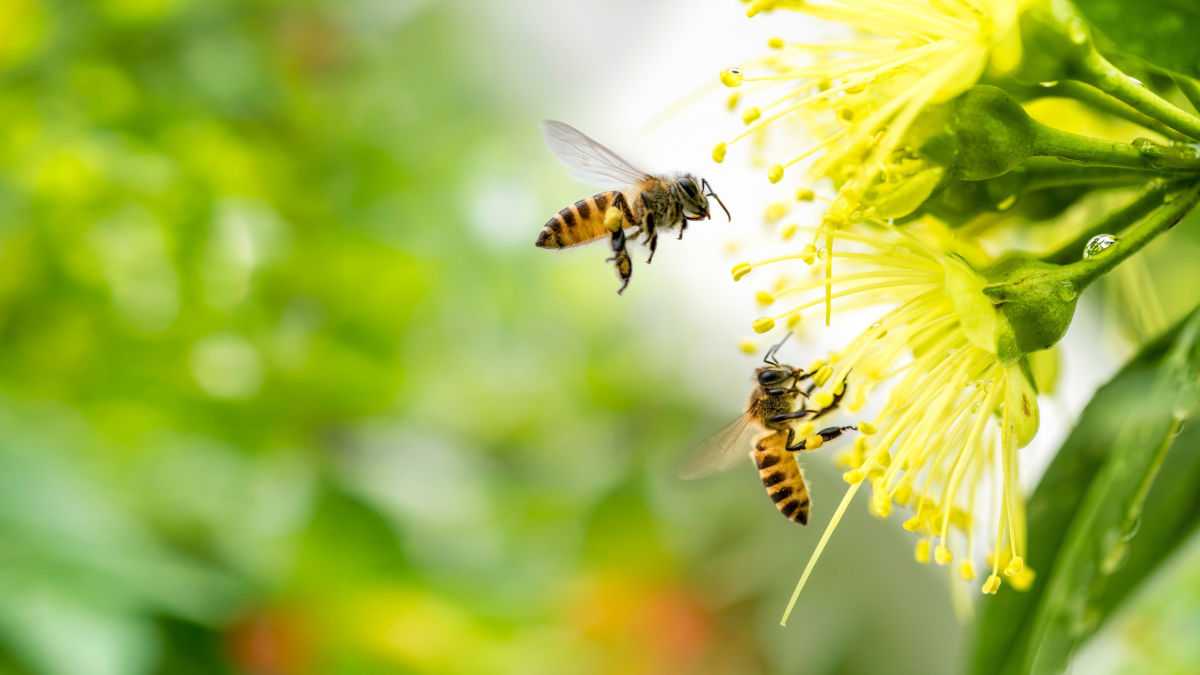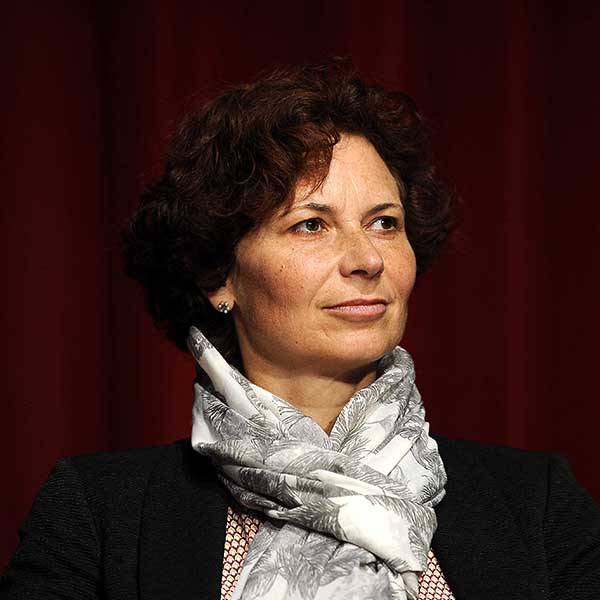 The figure of the child as a symbol for future generations is a central theme running through the motivation of environmental movements. The first Earth Day in 1970 introduced philosophical encounters with terms like posterity in popular journalism and political rhetoric (Partridge, 2001). Even though many cultures share this narrative, the reality for many children looks very different. Innocence, security, and impartiality remain a fantasy in many countries considering the political situations.
The figure of the child as a symbol for future generations is a central theme running through the motivation of environmental movements. The first Earth Day in 1970 introduced philosophical encounters with terms like posterity in popular journalism and political rhetoric (Partridge, 2001). Even though many cultures share this narrative, the reality for many children looks very different. Innocence, security, and impartiality remain a fantasy in many countries considering the political situations.
In August 2018, fifteen-year-old Greta Thunberg started her solo-protest in front of the Swedish parliament in Stockholm with a poster which read ‘Skolstrejk för klimatet’ (Climate School Strike). She changed the fate and the narrative for children and young adults worldwide. Within six months a global youth climate movement was formed. More than 1.4 million schoolchildren and students participated in the Worldwide Climate Strike Day on15th of March 2019 in 128 countries and 2,233 cities (Carrington, 2019).
2020 and the appearance of COVID-19
Besides the activism, Thunberg’s action is furthermore an interruption of heteronormative, patriarchal, and age-hierarchical social norms – and this entails consequences.
Between incapacitation and toxic visibility
Thunberg is a key figure of FFF and this has an immense impact on the structure of age and gender of the new climate activist movement. FFF is not only breaking assumptions about young people not being interested in politics but shaking gender stereotypes of passive and quiet women. Besides this impressive impact, it cannot be overseen that social structures do not change as quickly and will only slowly adapt. As a public figure, Thunberg is faced -as so many other- with critique, the difference is, however, that it is not about her agenda but herself. Her age, her sex, the Asperger, and the lack of formal expertise are publicly used to weaken her. Based on patriarchal and age-segregated structures, young women are not ‘considered [as] valid sources’ or being ‘political leaders’. This is because society and elder generations ‘love to instinctively dismiss the youth’ (Dunt, 2019).
The most recent peak of offences against Thunberg was related to her appearance on CNN alongside with pandemic experts on a COVID-19 panel in May 2020. Thunberg explained that the youth should trust in scientists and stay inside. She argued that “like the climate crisis, the coronavirus pandemic is a child-right’s crisis [because] it will affect children now and in the long term, but vulnerable groups will be impacted the most”.
Shortly after the CNN announcement, not only right-wing voices have been outdoing each other with critique. Everett Piper comments in the conservative newspaper The Washington Times: “Greta shouts ‘How dare you’, [….] as she pretends to understand things that she doesn’t understand.” Piper’s article aims to devalue Thunberg’s influence and person by calling her “a precocious scold.” He strategically undermines Thunberg’s credibility by only using her first name to remind readers of her age and the lack of titles, a common elitist approach. A similar agenda follows Donald Trump Junior who ridicules Thunberg and her scope in a widely shared Twitter post (Figure 1).
This is not the first time that Thunberg is targeted by right-wing media and male politicians who seem to be particularly threatened by her. Last year, Neil Hamilton, leader of UKIP-Wales posted a modified picture of Thunberg with red demon eyes (Figure 2). Hamilton aims to present her as a not rationally thinking agent but a female body out of control and in need to be stopped and controlled. His agenda is to restore gender norms and protect social structures.
As a reminder, Thunberg did not speak as an expert on the CNN-COVID-19-panel nor in climate discussions and never intended to do so: She is a world-renowned activist using her platform to inform people, especially the youth, about the pandemic and the continuous threat of climate change based on scientific findings.
Online strikes and protests
In April 2020, FFF activists organised a big protest with the message ‘Fight every crisis’ in Berlin (Figure 3). They argue that the containment of the COVID-19 is essential but not the only global crisis threatening the planet, humans, and other species: Climate change is still real and needs to be considered in political agendas. The protestors presented their demand in front of the German government and the 15.000 demonstration signs are symbolic for the activists who stayed safely at home. More than 230.000 people viewed the live stream and supported this demand to save their future.
Resume
Greta Thunberg has conquered space – literally and structurally. She speaks from a position of a young, female, white, and Western-socialised person with Asperger. Even though being white entails an immense privilege, her agency remains in most social and legal contexts limited. Her actions mark nevertheless a watershed moment in breaking up the ‘adult-centred, age-segregated world’ (Kurth-Schai, 1997) that serves the political and economic interests more than the basic needs of the youth. Her initial spark inspired more than 13 million strikers in 214 countries (Figure 4) to take action for their future and she keeps on fighting despite the harsh and personal comments that he receives. This is an important step for a better future.
Appendix
Figure 1 Donald Trump Jr. uses a similar strategy to ridicule and devalue Greta Thunberg. Source: Twitter, 13th May 2020.
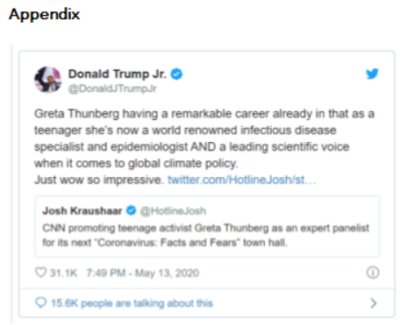
Figure 2 Toxic Masculinity targets Greta Thunberg on Twitter, Source: Twitter, Neil Hamilton, 24th of July 2019.
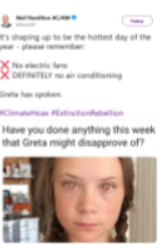
Figure 3 Global Climate Protest on 24th of April 2020 in Berlin. Source: https://fridaysforfuture.org/digital-strike-24th-april/
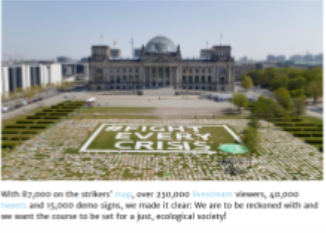
Figure 4 The growth of FFF since August 2018 until April 2020. Source: https://fridaysforfuture.org/what-we-do/strike-statistics/
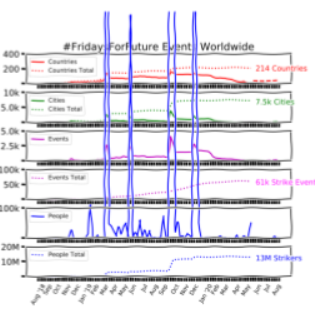
Literature
Carrington, D. (2019) School climate strikes: 1.4 million people took part, say campaigners. Available at: https://www.theguardian.com/environment/2019/mar/19/school-climate-strikes-more-than-1-million-took-part-say-campaigners-greta-thunberg, (Accessed: 23 June 2019).
Dunt, I. (2019) Week in Review: Greta refuses to know her place. Available at: https://www.politics.co.uk/blogs/2019/08/16/week-in-review-greta-refuses-to-know-her-place, (Accessed: 22 August 2019).
Kurth-Schai, R. (1997). ‘Ecofeminism and Children’, in Warren, K. J. (eds.) Ecofeminism. Women*, Culture, Nature, Bloomington: Indiana University Press, pp. 193-212.
Partridge, E. (2001). ‘Future Generations’, in Jamieson, D. (eds.) A Companion to Environmental Philosophy, Malden: Blackwell Publishers, pp. 377-389.





